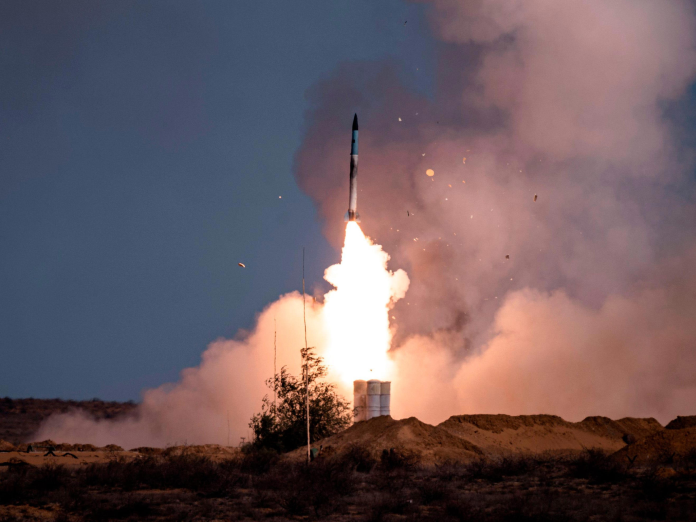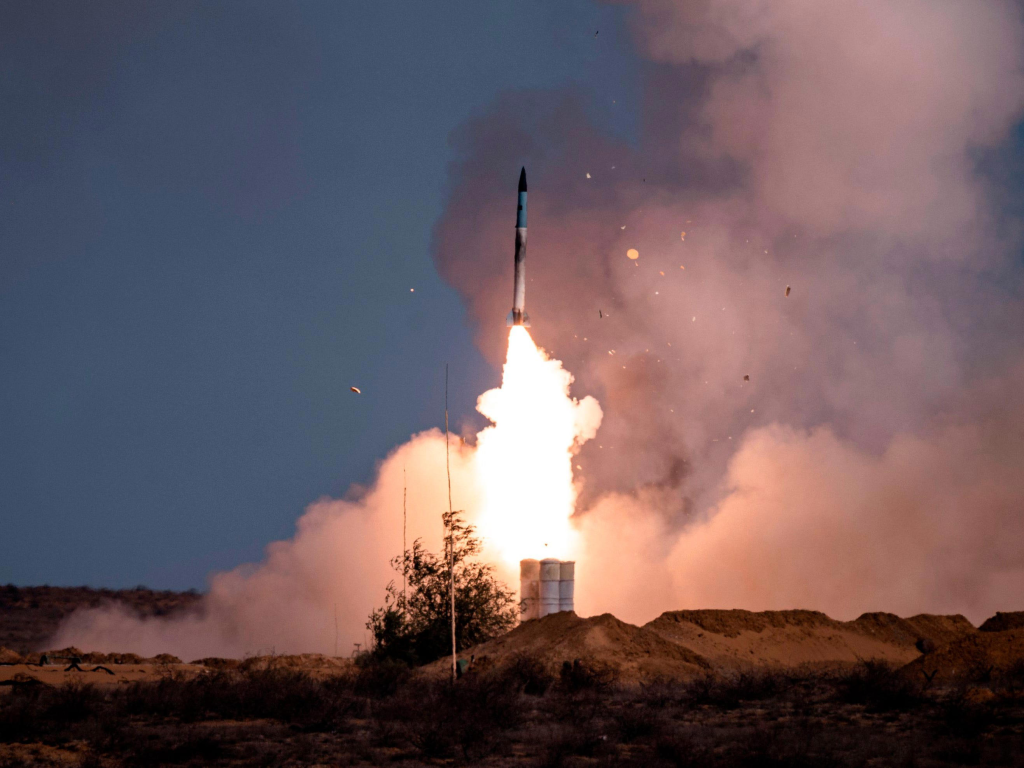
Who said David and Goliath was just a biblical tale? On the battlefields of eastern Ukraine, small, agile drone teams are dismantling some of Russia’s most prized air defence assets, systems designed to repel aircraft, missiles, and, ironically, drones themselves. The latest Ukrainian operation in Luhansk is a case study in how precision, intelligence, and technology can upend traditional military advantages.
It wasn’t some chance skirmish. It was a planned attack by Ukraine’s Omega Special Purpose Center, the Defense Intelligence of Ukraine, and an armada of unmanned aerial systems. The targets weren’t disposable vehicles or stand-alone outposts their rare and expensive elements of Russia’s multi-layered air defence system. The implications stretch far beyond the current battlefield, suggesting an accelerating transformation in the way wars are waged and won.
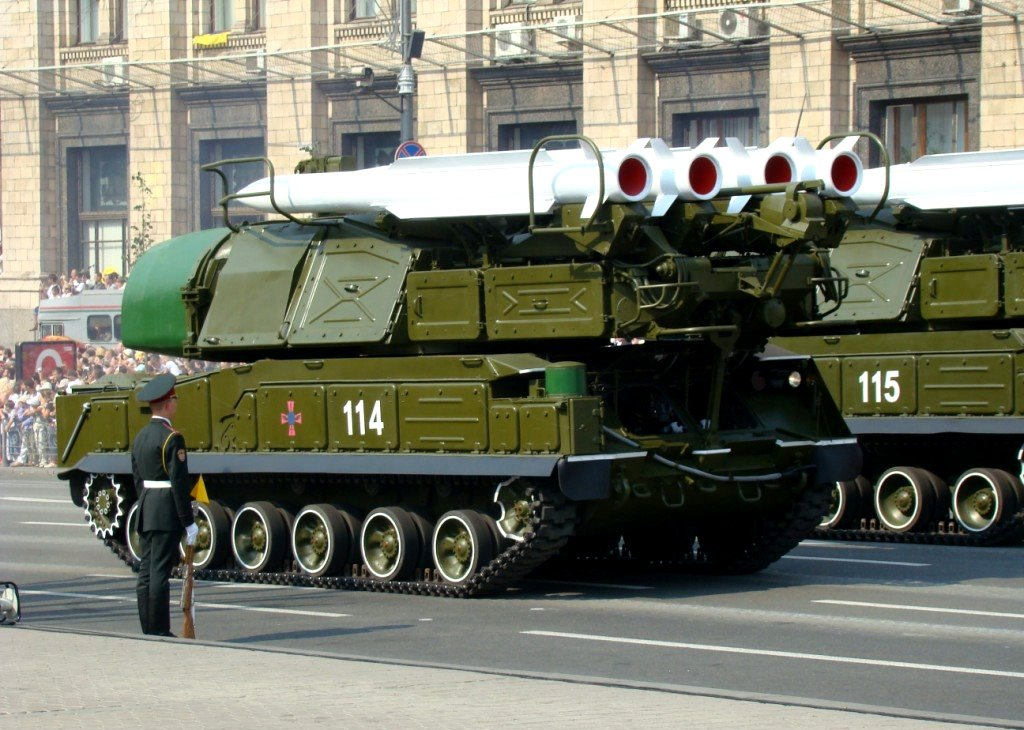
From the destruction of Kupol radar to the strategic weakening of Buk missile batteries, this operation provides a telling insight into the interplay among drones, air defences, and contemporary manoeuvre warfare. Below are seven important takeaways.
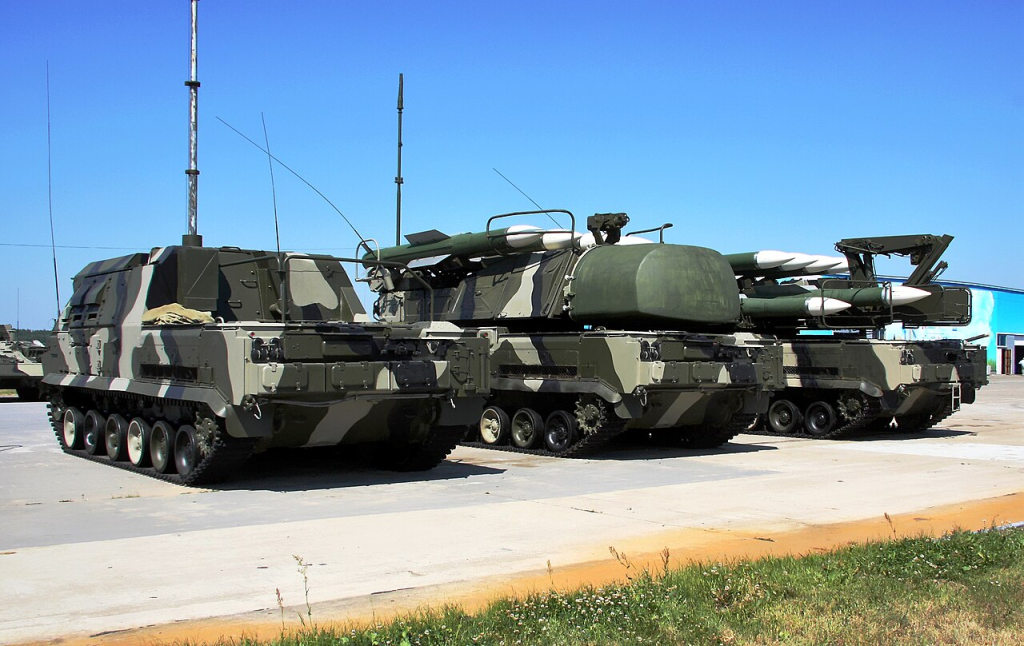
1. The Rare Kupol Radar Loss
Among the lost assets was the 9S18 Kupol target acquisition radar, a system that is the “eyes” of the Buk surface-to-air missile complex. Defence Express characterised its loss as especially crippling because, without it, Buk missiles lose a lot of their detection and tracking ability. It’s not only a tactical nuisance, but it also denigrates the very necessity of Russia’s medium-range air defence umbrella.
The KUPOL radar’s scarcity adds to the damage. Compared to launchers, which are easier to replace, radar sets need to be specially produced and combined. Taking one out of the fight requires Russian forces to fight blind or redeploy assets from another area, causing weaknesses elsewhere.
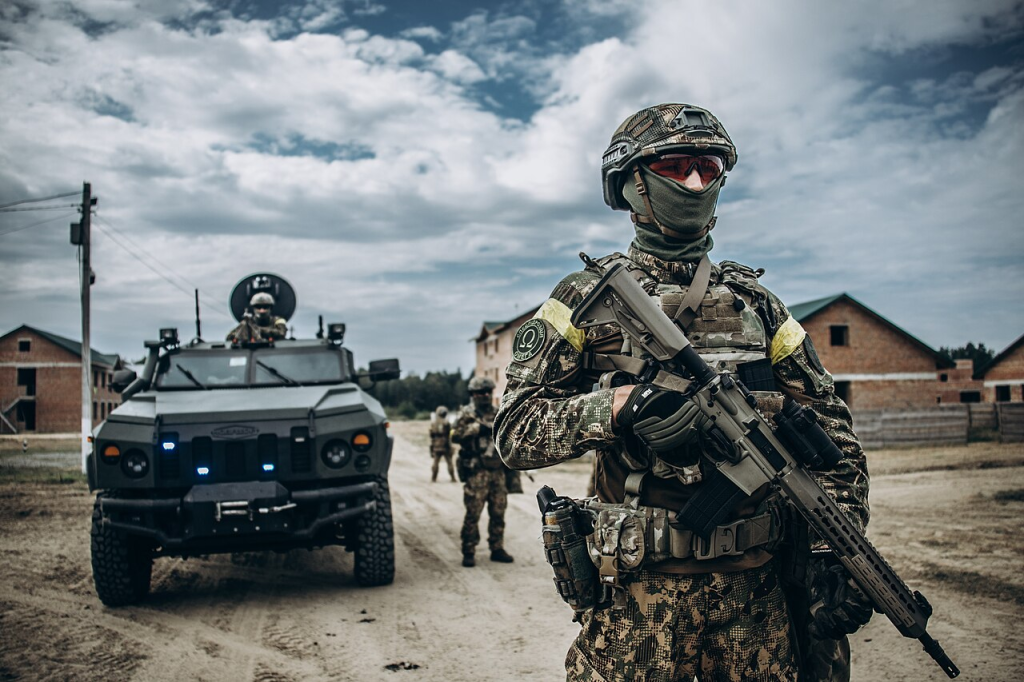
2. Coordinated Intelligence and Strike Execution
The operation was not executed by one unit. It was a collaboration between Omega Special Purpose Centre operators and the Defence Intelligence of Ukraine officers, employing drones to find and target high-value targets. Real-time reconnaissance and strike coordination reflect the new doctrine of drone-enabled manoeuvre warfare, wherein unmanned systems serve as scouts and precision strike vehicles.
This is a manifestation of what analysts have termed employment of the “air littoral” the disputed low-altitude air space as a manoeuvre space. Through the utilisation of this space, Ukrainian forces avoid conventional flanks and create precision effects deep within defended space.
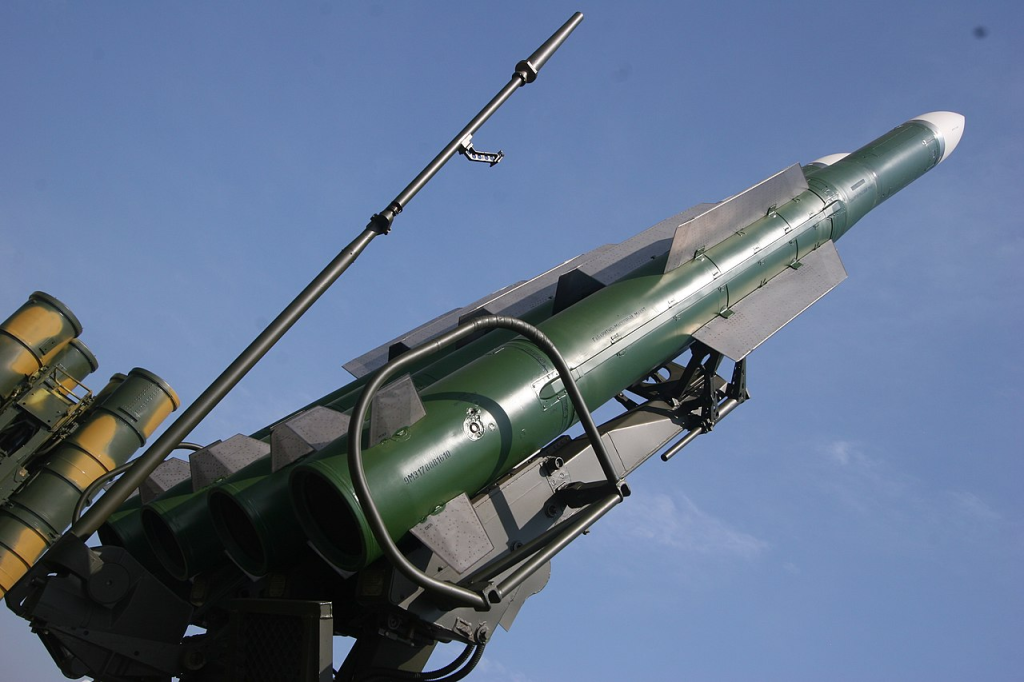
3. Degrading Russia’s Layered Air Defence
The Kupol radar was not the sole victim. The Ukrainian drones also destroyed a Buk launcher and a 9K37 launcher-loader vehicle, essential pieces for maintaining missile fire. As Defence Express reported, this directly cuts into Russia’s reloading capabilities and operational tempo in contested areas.
These strikes resonate throughout the defensive shield. With fewer launchers and impaired radar coverage, the covering umbrella above Russian troops becomes patchy, allowing for Ukrainian drones, artillery, and possibly manned aircraft to travel more freely.
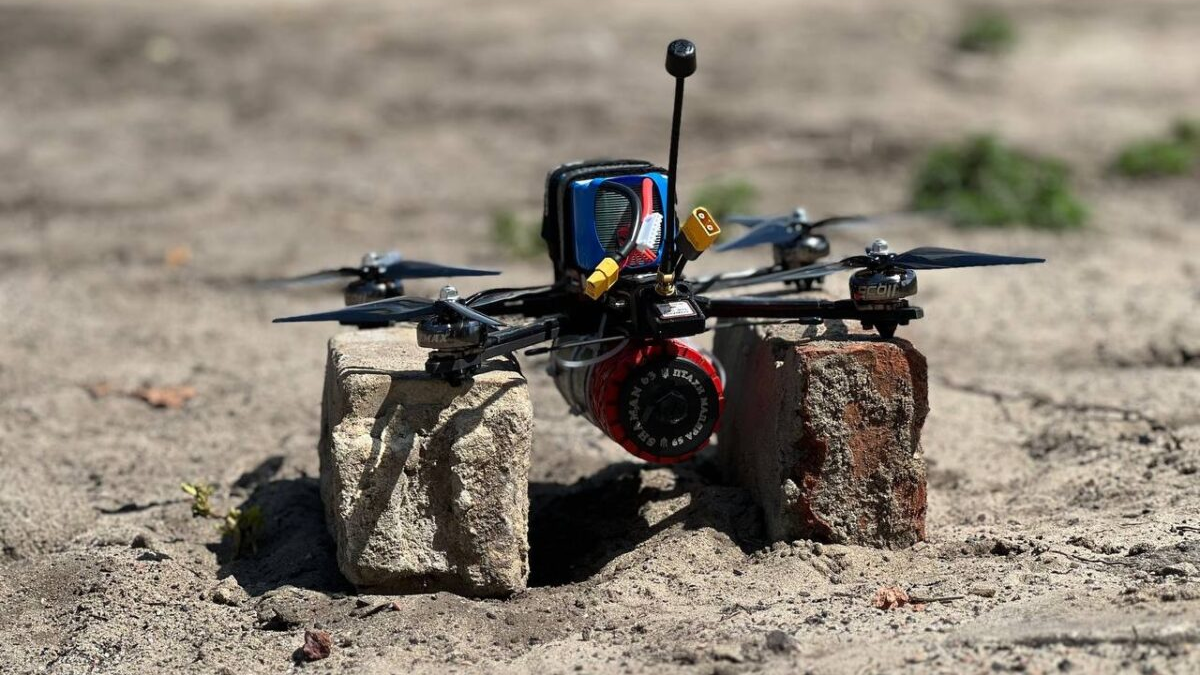
4. Drones as Force Multipliers
The strike highlights the ways in which drones have transformed from tactical novelties to strategic enablers. In other similar operations, units such as Ukraine’s 413th Raid Unmanned Systems Battalion have employed FPV drones armed with shaped-charge warheads to knock out Buk-M1 and Buk-M2 systems, at times during vulnerable times such as refueling.
As outlined in drone-enabled maneuver warfare, the combination of reconnaissance UAVs with loitering munitions enables forces to disenfranchise and dismantle key subsystems before defenders can respond. This converts drones from weapons of attrition to instruments of operational break through.
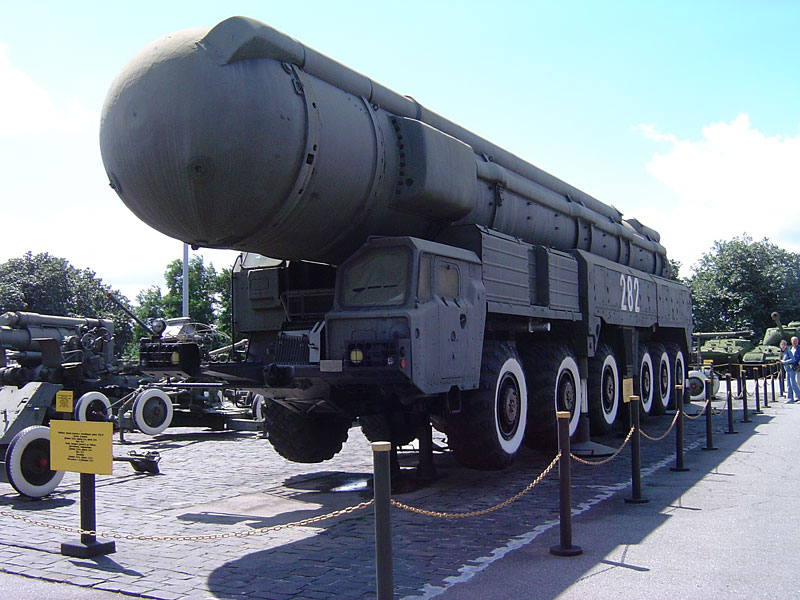
5. The Strategic Value of Target Selection
Targeting high-priority air defence assets is not all about first-round kills; it’s about defining the battlespace. Through methodically destroying radar and missile assets, Ukrainian troops open up opportunities for subsequent actions. As Defence Express summed it up, this creates the “freedom of action” for Ukrainian strike assets within contested zones to increase.
This is consistent with historical experience: during World War II, knocking out enemy air defences was a precondition for successful armoured breakthroughs. Now, drones are having similar effects without the need for massed bomber formations.
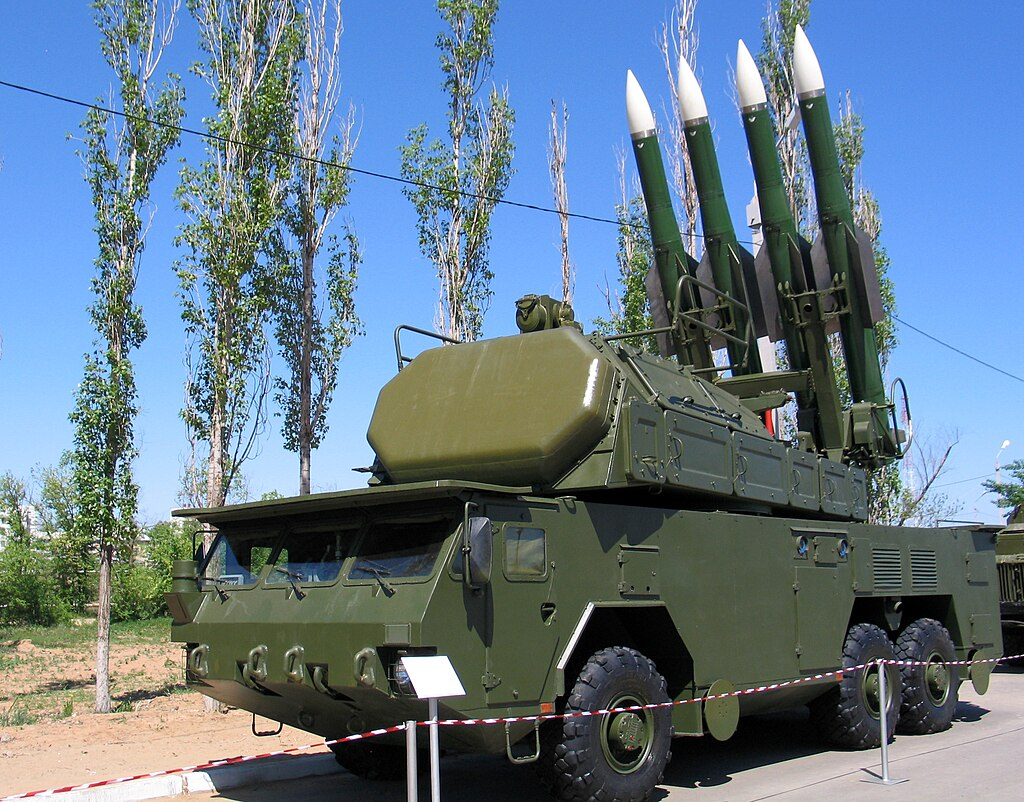
6. The Buk System’s Weaknesses
The Buk family, from the old M1 of Soviet times to today’s M3, is intended to knock down aircraft, helicopters, UAVs, and missiles. But as demonstrated in several Ukrainian attacks, these systems are ineffective against small, low-altitude UAVs that can go undetected or create blind spots. In one incident, a Buk-M2 was unable to pick up a reconnaissance drone providing targeting information to FPV attackers.
This weakness is compounded by the sheer pace of drone development. As the Ukrainian military evolves payloads and tactics, even sophisticated phased-array radar finds it hard to keep a trusty screen.
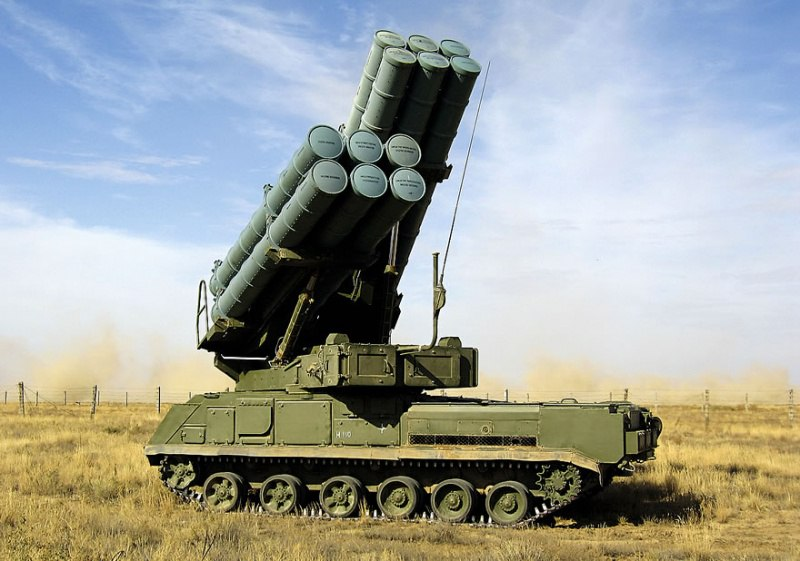
7. Implications for Future Warfare
Luhansk is a part of a wider trend in which unmanned systems are displacing the supremacy of conventional air defences. Military historians have compared it to the initial employment of tanks, limited at first, but revolutionary when combined with the appropriate doctrine. The question now is whether drones will do the same.
For the Ukrainians, incorporating drone strikes into combined arms operations can speed up the breakdown of enemy defense. For others, the message is clear: adaptive doctrine and counter-drone capabilities will be as valuable as the drones themselves in future wars.
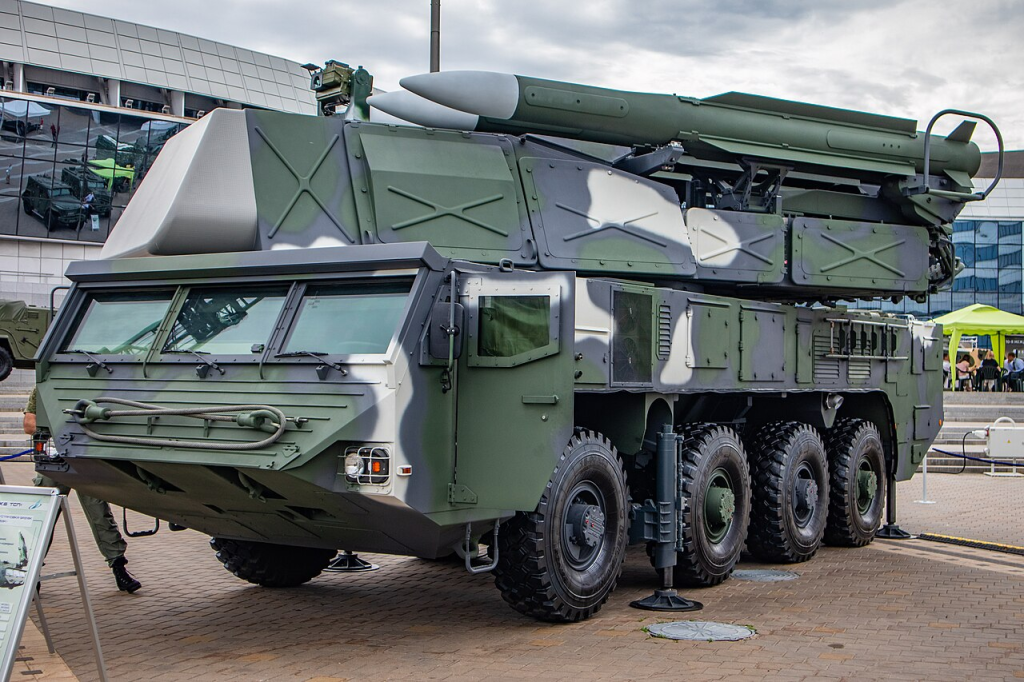
The destroyers of the Kupol radar and supporting Buk elements in Luhansk were a bigger than tactical victory, though: they were an exhibit in how precision, intelligence, and drones are remaking the battlefield. As the Ukraine continues to hone its drone-enabled strike capability, the balance of offense versus defense in contemporary warfare begins to shift. The buzz of a drone passing overhead is no longer mere background noise; it is the whine of a new era of warfare coming into form.
